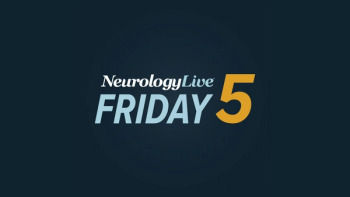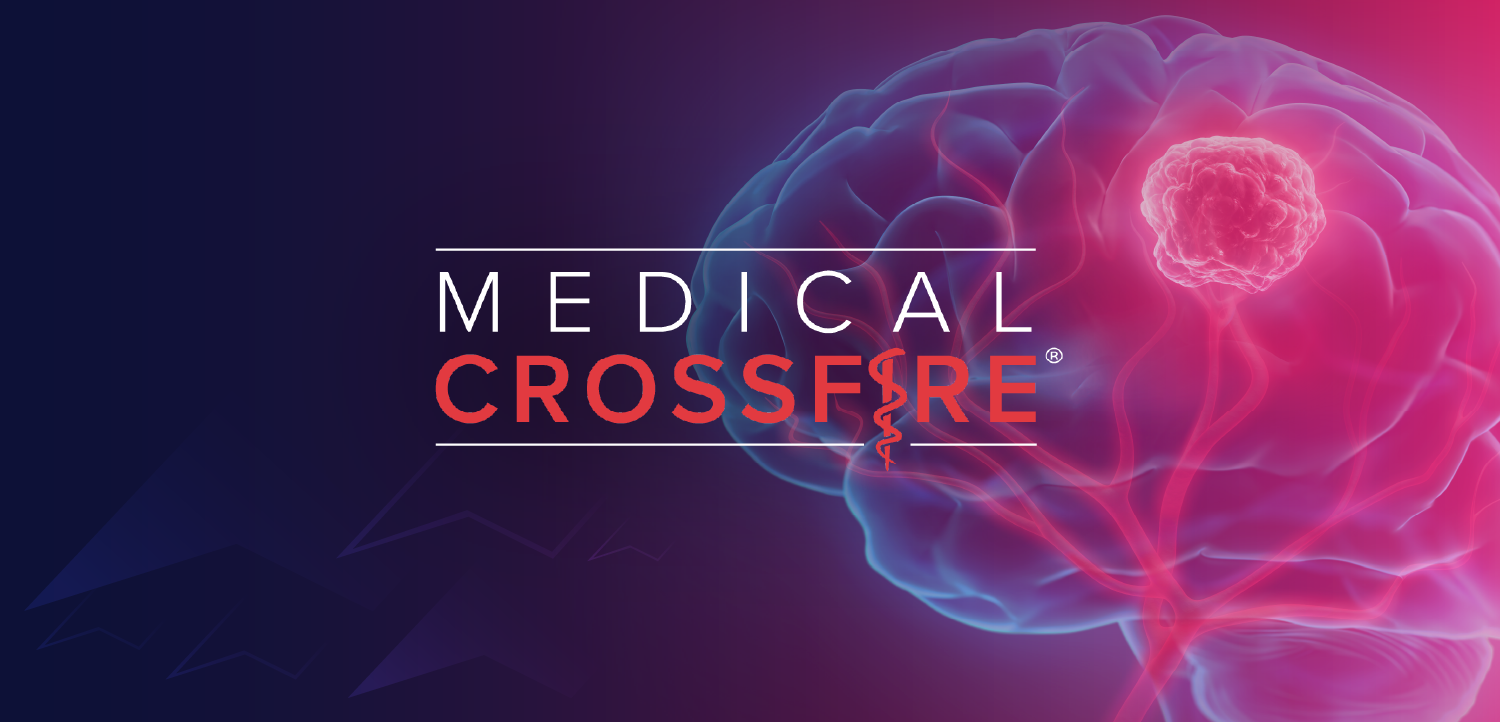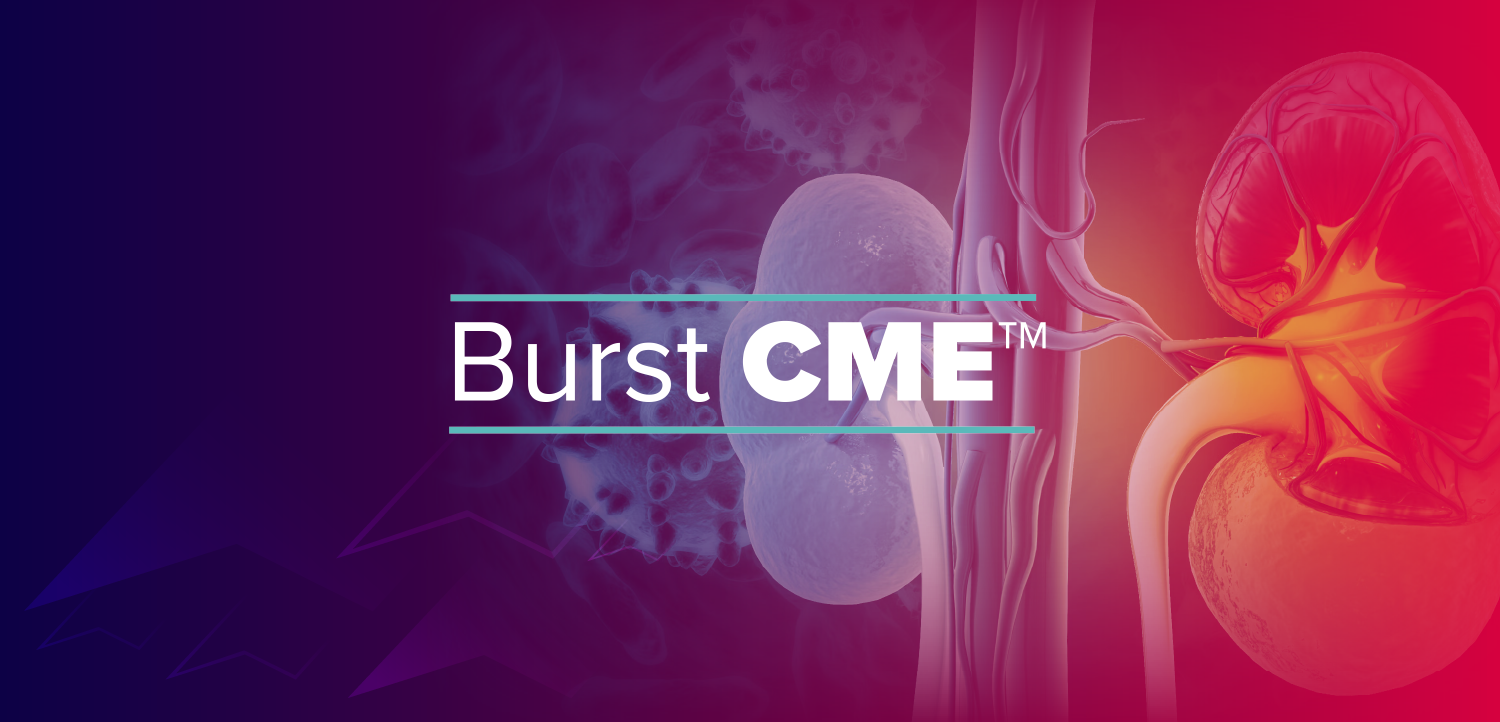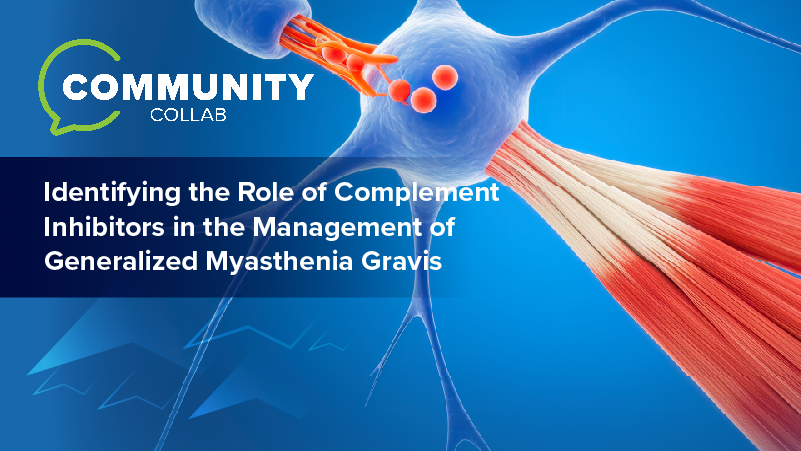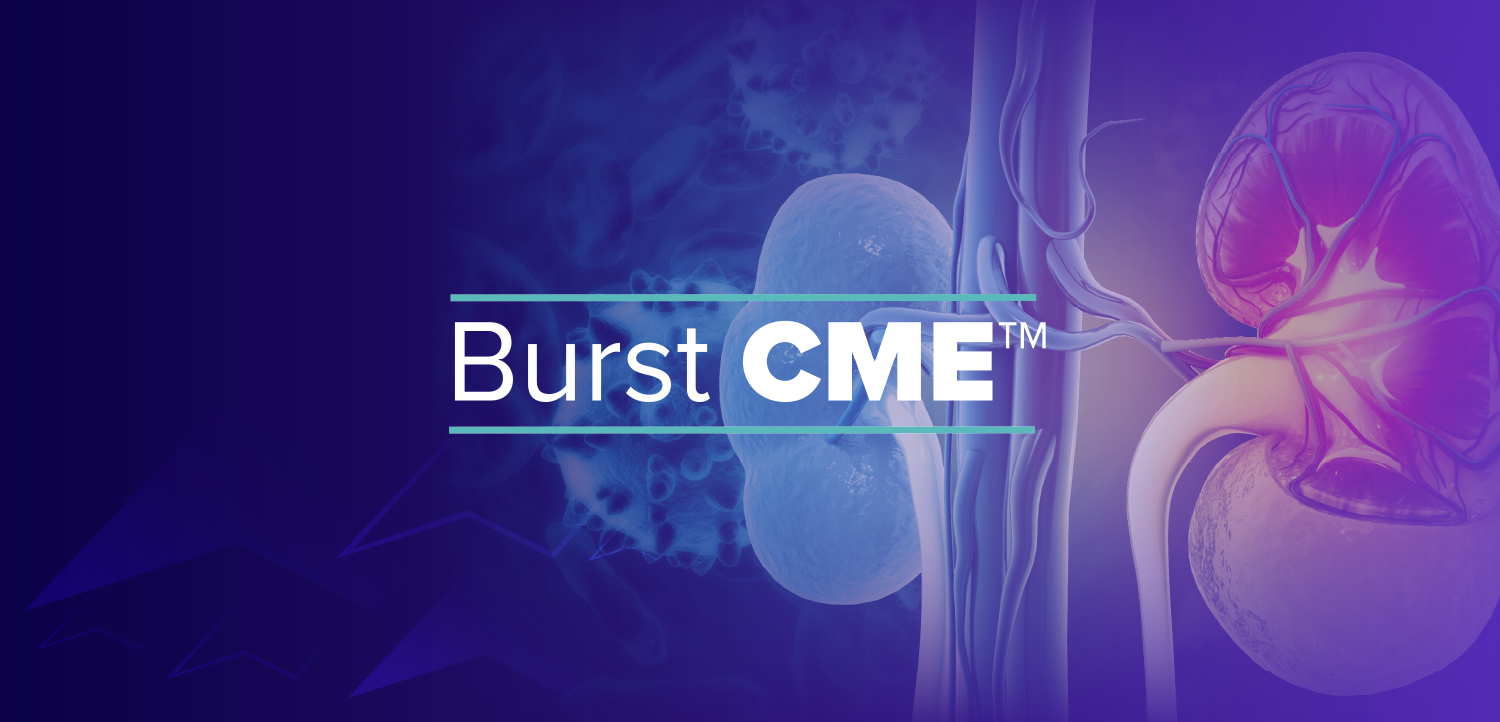
AAIC Presentations Provide Context on Lecanemab’s Real-World Effect 2 Years Since Approval
Key Takeaways
- Lecanemab showed promising real-world efficacy, with 83.6% of patients stable or improved in disease stage after two years.
- ARIA incidence was higher in APOE ε4 homozygous carriers, with 20.0% affected, compared to heterozygous and non-carriers.
A real-world study reveals lecanemab's effectiveness in early Alzheimer's, showing stability or improvement in 83.6% of patients after two years.
A newly presented interim report gave a snapshot of the real-world efficacy and safety of lecanemab (Leqembi; Eisai), a medication for early-stage Alzheimer disease (AD), at 2 years following its 2023 approval. While the study only included less than 200 patients, findings showed that 83.6% of treated patients remained stable or improved in their disease stage based on Clinical Dementia Rating (CDR).1
Presented at the
The mean number of lecanemab treatments was 24.8 (±11.5), with 87.4% (n = 152) of patients continuing treatment at the time of case reporting (July 1, 2025). Results from the study revealed that 76.9% of patients remained in the same disease stage while 6.7% improved from mild dementia to MCI. Notably, among those who received 40 or more doses at the time of interim data cut, 66.7% remained stable and 20.0% were improved in clinical stage.
Lecanemab, an anti-amyloid therapy, received traditional approval from the FDA in 2023 based on findings from the phase 3 Clarity AD trial (NCT03887455), a large-scale study testing the medication in early-stage patients with AD.2 The prescribing information for lecanemab states that testing for apolipoprotein (APOE) ε4 status should be perform before starting treatment to inform the risk of developing amyloid-related imaging abnormalities (ARIA). ARIA, a concern for anti-amyloid treatments, was documented in the real-world study.
In the data presented at AAIC 2025, ARIA was found in 23 of the 178-patient cohort (12.9%), with no serious bleeding events or death reported. A closer look at the ARIA cases revealed that 14 (7.9%) were ARIA-edema, of which 12 (6.7%) were asymptomatic. ARIA-hemorrhages were documented in 11 patients (6.2%), all of whom were asymptomatic. Infusion-related reactions, which occurred in 26.4% of patients in the Clarity AD trial, were found in 4 patients (2.2%) in the real-world AAIC study.3
In the real-world study, the incidence of ARIA in lecanemab-treated patients was higher (20.0%) in APOE ε4 homozygous carriers, which made up 18.1% (n = 30) of the population. For heterozygous carriers and non-carriers, the incidence of ARIA was 9.8% and 14.8%, respectively, which was down from the data observed in Clarity AD (19.0% and 13.0%, respectively). Notably, a higher proportion of homozygous carriers had adverse events (AEs) that led to discontinuation (16.7%) compared with heterozygous carriers (2.4%) and non-carriers (5.6%).
Among the 178-patient cohort, 12 with unknown APOE ε4 status were excluded from subgroup analyses. Encouragingly, 73.3% of homozygote patients’ clinical stage remained stable or improved (stable: 66.6%; improved: 6.7%), 88.0% of heterozygotes patients' clinical stage remained stable or improved (stable: 83.0%, improved: 4.9%) and 85.2% of non-carrier patients' clinical stage remained stable or improved (stable: 75.9%, improved: 9.3%).
READ MORE:
In its update, Eisai noted that real-world studies such as the one from AAIC face several methodological limitations, including potential biases, data inconsistency, and confounding variables. Data may be collected inconsistently across independent sites, though this is mitigated by using standardized electronic case-report forms. The lack of a placebo-controlled group also limited the ability to draw causal conclusions. Additionally, uncontrolled confounding variables may have influenced the observed relationship between treatment exposure and outcomes, further complicating interpretation.1
Additional data from the 2-year study showed that 27.5% (n = 49) of patients were diagnosed through blood-based biomarkers, reflecting a trend in AD diagnostics. Over time, the number of tests doubled every 4 to 8 months, with phosphorylated tau 218 becoming the most rapidly growing blood-based biomarker.
A clinician-made survey revealed an average satisfaction level of 8.7 out of 10 for the efficacy and safety of lecanemab, based on physicians’ evaluation. Overall, physicians rated lecanemab 8.1 on cognition, 8.1 on daily function, 7.9 on behavioral/neuropsychiatric symptoms, and 8.0 on quality of life. In addition, the satisfaction level of the patients as assessed by physicians was 8.8, and that of care partners was 8.2.
Lecanemab’s 2023 approval marked the second early AD treatment to gain FDA approval in the past 20 years following the contentious approval of aducanumab (Aduhelm; Eisai/Biogen) in 2021, which was ultimately pulled from market. The medication, a humanized immunoglobulin gamma monoclonal antibody, is currently approved in 46 countries and under review in 10 countries. In the coming weeks, the clinical community will await a decision from the FDA regarding a subcutaneous autoinjector formulation for the treatment, marking the first such at-home AD treatment available.
REFERENCES
1. Two-Year Real-World Study of LEQEMBI® in the United States Presented at Alzheimer's Association International Conference (AAIC) 2025. News release. Eisai. July 30, 2025. Accessed August 4, 2025. https://www.prnewswire.com/news-releases/two-year-real-world-study-of-leqembi-in-the-united-states-presented-at-alzheimers-association-international-conference-aaic-2025-302517481.html
2. FDA Converts Novel Alzheimer’s Disease Treatment to Traditional Approval. FDA. News release. July 6, 2023. Accessed August 4, 2025. https://www.fda.gov/news-events/press-announcements/fda-converts-novel-alzheimers-disease-treatment-traditional-approval
3. van Dyck CH, Swanson CJ, Aisen P, et al. Lecanemab in early Alzheimer’s disease. N Engl J Med. 2023;388:9-21. doi:10.1056/NEJMoa2212948
Newsletter
Keep your finger on the pulse of neurology—subscribe to NeurologyLive for expert interviews, new data, and breakthrough treatment updates.


